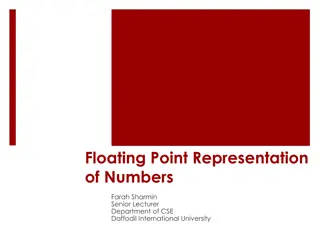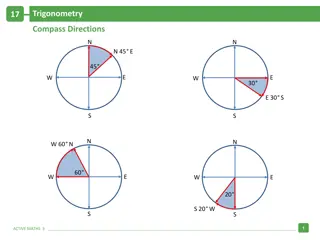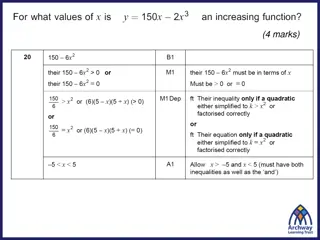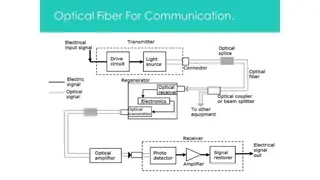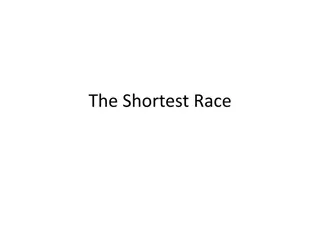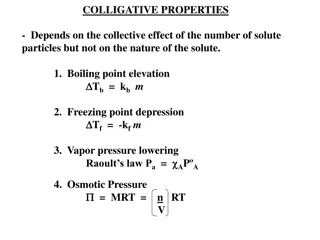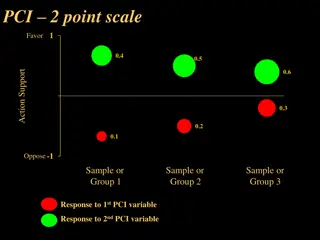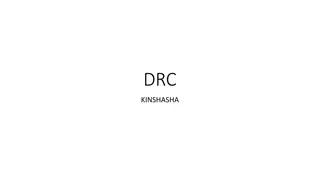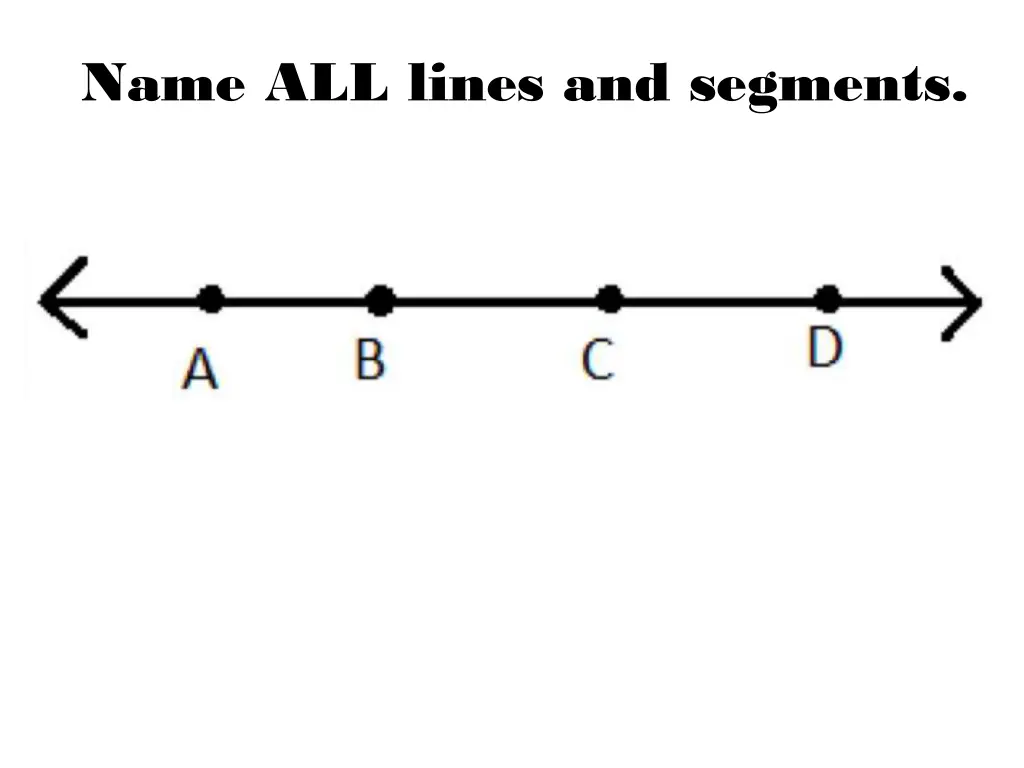
Understanding Geometric Concepts with Examples
Explore geometric concepts such as lines, segments, rays, collinearity, coplanarity, and more through detailed examples and illustrations. Learn about parallel lines, intersecting lines, coplanar points, and planes to enhance your understanding of geometry fundamentals.
Download Presentation

Please find below an Image/Link to download the presentation.
The content on the website is provided AS IS for your information and personal use only. It may not be sold, licensed, or shared on other websites without obtaining consent from the author. If you encounter any issues during the download, it is possible that the publisher has removed the file from their server.
You are allowed to download the files provided on this website for personal or commercial use, subject to the condition that they are used lawfully. All files are the property of their respective owners.
The content on the website is provided AS IS for your information and personal use only. It may not be sold, licensed, or shared on other websites without obtaining consent from the author.
E N D
Presentation Transcript
Name all rays. Are ray LP and ray PL opposite rays?
Name three points that are collinear H G Solution: D, E and F lie on the same line, so they are collinear. E D
Name four points that are coplanar. H G E D Solution: D, E, F, and G lie on the same plane, so they are coplanar. Also D, E, F, and H are coplanar; although, the plane containing them is not drawn.
Name three points that are not collinear. H G Solution: There are many correct answers. For instance, points H, E, and G do not lie on the same line. E D
- Name two coplanar points, lines. - Name three non-collinear points. - Name the plane two different ways. - Name two intersecting lines at what points do they intersect
Parallel Lines Coplanar Lines that do not intersect. (2 dimensional)
Use the figure to name each of the following. a) A line containing point K b) A plane containing point L J M K L B
Example 1 a) Are points E, F, and C collinear? If so, which line are they on? b) Are points E, F, and D collinear? If so, which line are they on? c) Name line l in 3 other ways.
le 2: A. Name four coplanar points. Name four coplanar points. B. Name three lines. B. Name three lines.
Where does Plane ABCD intersect Plane ACEG? A B What plane contains the points C, D, and B? What plane contains the points E, F, and C? D C F E G H
Example 8: a) How many planes appear in this figure? A b) Name 3 points that are collinear. C B c) Are points A, B, C, and D coplanar? Explain. S D d) At what point does DB and CA intersect?
Lesson Quiz: Part I 1. Two opposite rays. 2. A point on BC. 3. The intersection of plane N and plane T. 4. A plane containing E, D, and B.
Example 4: Draw and label each of the following. A. a segment with endpoints M and N. B. opposite rays with a common endpoint T. C. Draw and label a ray with endpoint M that contains N.
Ex. 2: Drawing lines, segments and rays Draw three noncollinear points J, K, and L. Then draw JK, KL and LJ. Draw J, K and L K Then draw JK J L
Ex. 2: Drawing lines, segments and rays Draw three noncollinear points J, K, and L. Then draw JK, KL and LJ. K Draw KL J L
Ex. 2: Drawing lines, segments and rays Draw three noncollinear points J, K, and L. Then draw JK, KL and LJ. K Draw LJ J L
Ex. 3: Drawing Opposite Rays Draw two lines. Label points on the lines and name two pairs of opposite rays. M Q Solution: Points M, N, and X X are collinear and X is between M and N. So XM and XN are opposite rays. P N
Ex. 3: Drawing Opposite Rays Draw two lines. Label points on the lines and name two pairs of opposite rays. M Q Solution: Points P, Q, and X X are collinear and X is between P and Q. So XP and XQ are opposite rays. P N
Lesson Quiz: Part II Draw each of the following. 5. a line intersecting a plane at one point 6. a ray with endpoint P that passes through Q
Ex. 4: Sketching intersections Sketch the figure described. A line that intersects a plane in one point Draw a plane and a line. Emphasize the point where they meet. Dashes indicate where the line is hidden by the plane a.
Ex. 4: Sketching intersections Sketch the figure described. Two planes that intersect in a line Draw two planes. Emphasize the line where they meet. Dashes indicate where one plane is hidden by the other plane. b.





